Bushtit
A species of American bushtit, Also known as Chestnut-crowned Titmouse, Pacific Bushtit Scientific name : Psaltriparus minimus Genus : American bushtit
Bushtit, A species of American bushtit
Also known as:
Chestnut-crowned Titmouse, Pacific Bushtit
Botanical name: Psaltriparus minimus
Genus: American bushtit
Content
Description People often ask General Info
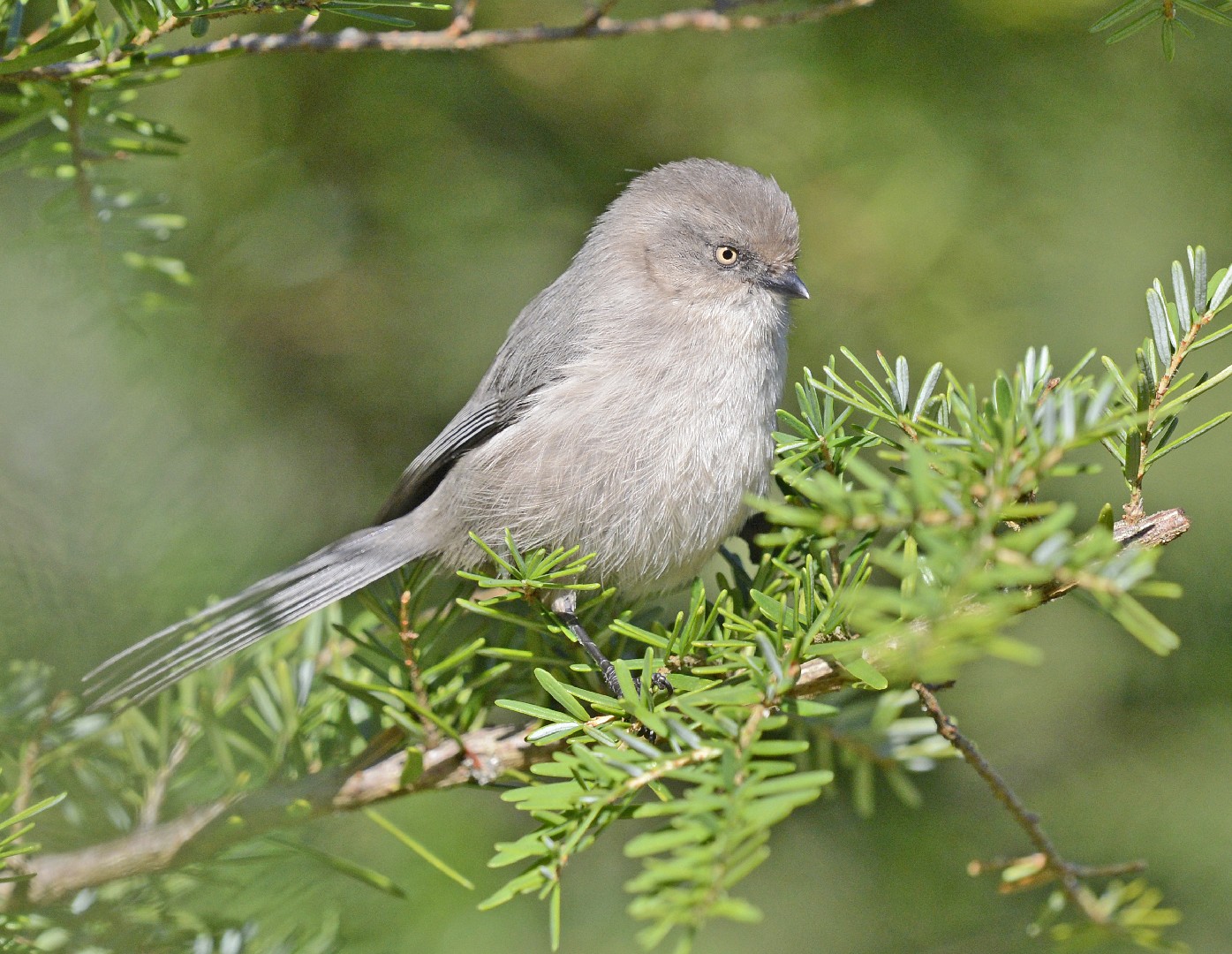 Photo By VJAnderson , used under CC-BY-SA-4.0 /Cropped and compressed from original
Photo By VJAnderson , used under CC-BY-SA-4.0 /Cropped and compressed from original Description
The social bushtit can often be found in deciduous and mixed forests as well as in home gardens and backyards. They have a characteristic upside-down feeding behavior as they search for spiders and insects on the undersides of leaves. These birds like to decorate their nests with flowers and lichens.
Size
11 cm (4.5 in)
Life Expectancy
8 years
Nest Placement
Tree
Clutch Size
4 - 10 eggs
Incubation Period
1 - 2 broods
Number of Broods
12 - 13 days
Nestling Period
18 days
Feeding Habits
Bushtit's diet primarily consists of small insects and spiders, such as scale insects, bugs, beetles, caterpillars, wasps, and ants. Although insects form the bulk of their diet, bushtit occasionally consume olives and willow seeds.
Habitat
Bushtit are typically found in a variety of open wooded environments and brushy areas, encompassing oak scrub, chaparral, mixed woods, pinyons, and junipers. These birds adapt well to various altitudes, residing in habitats up to approximately 11,500 feet. They prefer areas with pine-oak woodlands, scrub, sagebrush, streamside woods and thickets, and evergreen forests. Bushtit also make their homes in urban settings like suburbs and parks, indicating their versatile adaptability to different ecological zones.
Nest Behavior
Bushtit's nest building lasts for a month or more, with both sexes contributing. After constructing, all associated adults sleep in it. Nests are reused for subsequent broods within the same season, continuing the cycle of nesting behavior and care.
Nest Characteristics
Bushtit's nest is a hanging stretchy sac constructed with spider webs and plant material, insulated with feathers, fur, and downy plant matter. It features a side entrance leading to the bowl, camouflaged with bits from nearby plants. It can be located on branches or trunks at 3-100 feet high.
Dite type
Insectivorous
People often ask
General Info
Feeding Habits
Bird food type

Black Oil Sunflower Seeds

Hulled Sunflower Seeds

Suet
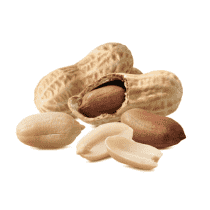
Peanuts
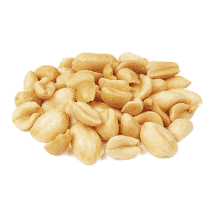
Peanut Hearts

Mealworms
Bird Feeder Type
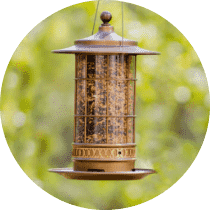
Large Tube Feeder

Small Tube Feeder
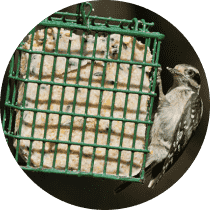
Suet Cage

Large Hopper

Small Hopper

Platform
Sounds
Call
Recording location: United States
Call
Recording location: United States
Behavior
Bushtit are highly social and energetic avian species noted for their tendency to form bustling flocks. Engaging in a collective foray, they forage through vegetation, meticulously gleaning insects from leaves and branches, often defying gravity by dangling upside down akin to chickadees. These collaborative interactions are underscored by a soft symphony of calls that maintain cohesion within the flock. As night descends, bushtit exemplify a unique camaraderie, bunching together for warmth during roost, sometimes even with other flocks. Their nesting routine is marked by an unusual cooperative approach where additional, typically adult male bushtit, contribute as helpers in caring for the offspring—a scarce phenomenon in cooperative nesting birds. Remarkably tolerant, nesting pairs exhibit little territorial aggression, occasionally allowing other individuals and species to pilfer nesting materials without confrontation.
Species Status
Not globally threatened.
Scientific Classification
Phylum
Chordates Class
Birds Order
Perching birds Family
Bushtits Genus
American bushtit Species
Bushtit